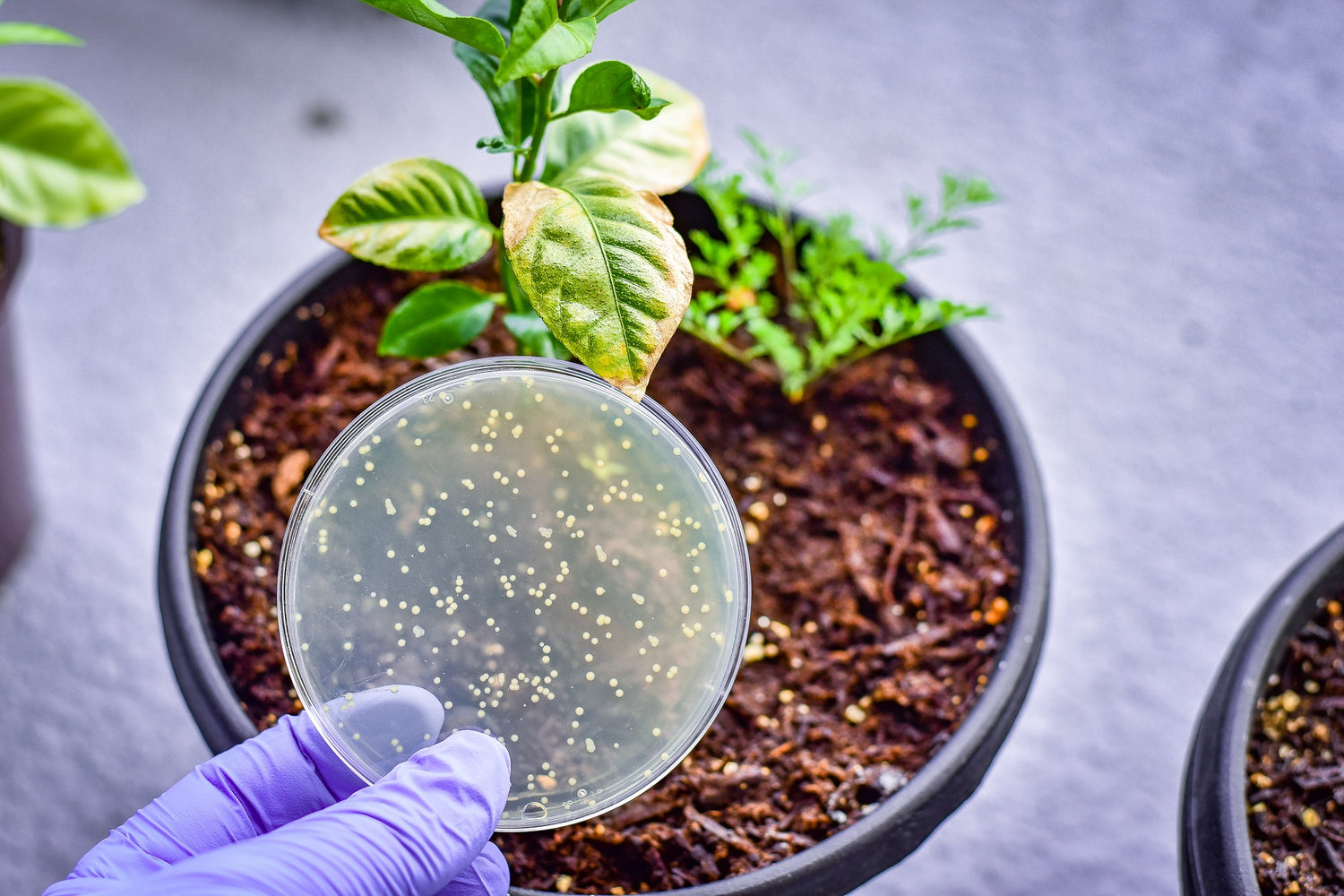We currently understand less about how management practices affect soil biological fertility than how they affect soil chemical and physical fertility. However, the management practices described below may help improve and maintain the biological fertility of soil.
- Minimise erosion as soil organisms are predominantly located in the surface layers, which are most easily eroded.
- Maintain or increase the organic matter content of soil as organic matter is an important source of carbon, energy and nutrients for soil organisms.
- Use diverse rotations as they result in diverse inputs of organic matter and a diverse population of soil organisms.
- Select nitrogen fixing bacteria that match the host plant and can tolerate your soil characteristics (e.g. pH) as nitrogen fixing bacteria form specific associations with legumes.
- Consider the release of nutrients from organic matter when determining fertiliser applications.
- Use fertiliser inputs that complement the activities of arbuscular mycorrhizal fungi as they only increase plant uptake of phosphorus in phosphorus-deficient soils.
- Choose crop rotations and management practices that decrease the suitability of soil for plant pathogens.
- Be patient as soil biological processes take time to develop.




